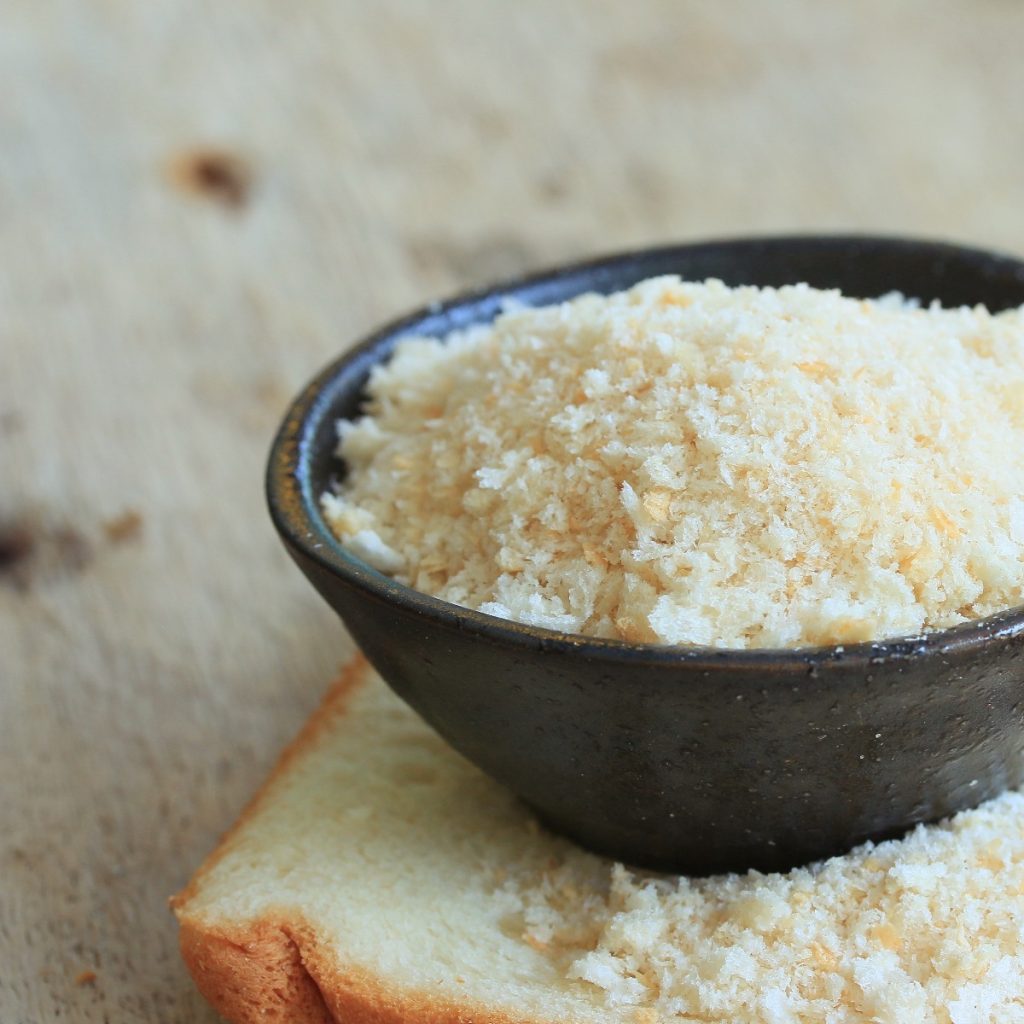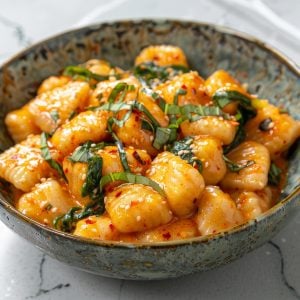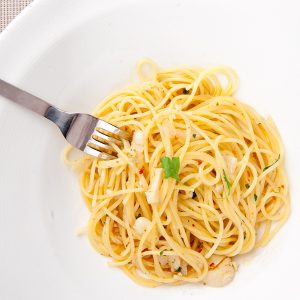All About Breadcrumbs
Breadcrumbs are small, dry particles of bread that are used as a coating or topping for various foods. They are made by processing bread that has become stale or otherwise unappetizing and can be used to add texture, flavor, and nutrition to a wide range of dishes. Breadcrumbs have been a staple ingredient in many cultures for centuries and continue to be used in various ways today.
Types of Breadcrumbs
There are two main types of breadcrumbs, fresh and dried. Fresh breadcrumbs are made from freshly baked bread that is ground or processed into small pieces. They have a moist texture and a mild, slightly sweet flavor. They are often used to coat fried or baked foods, such as chicken cutlets, fish fillets, or vegetables. Fresh breadcrumbs can also be used to thicken sauces, soups, and stews.
Dried breadcrumbs, also known as panko, are made from bread that has been baked until it is dry and then ground into fine crumbs. They have a light, airy texture and a mild flavor. They are often used as a coating for fried foods, such as chicken nuggets, fish sticks, and onion rings because they create a crisp crust and absorb less oil. They can also be used to top casseroles, gratins, and other baked dishes.
They can also be used as a gluten-free alternative for gluten-intolerant people. Gluten-free breadcrumbs can be made from gluten-free bread, such as rice bread, cornbread, or quinoa bread. They can be used in the same way as traditional breadcrumbs and provide a similar texture and flavor.
Added Ingredients
Breadcrumbs can also be flavored with different herbs and spices, such as parsley, Parmesan cheese, garlic powder, onion powder, and paprika. These flavored breadcrumbs are commonly used in Italian and Mediterranean dishes, such as eggplant parmesan, chicken parmesan, and fish parmesan.
Breadcrumbs can be made from various types of bread, including white, wheat, rye, and cornbread. White breadcrumbs are the most common and have a mild flavor, while wheat breadcrumbs have a nuttier flavor and a denser texture. Rye and cornbread breadcrumbs have a distinct flavors and are often used in specific dishes.
How Used?
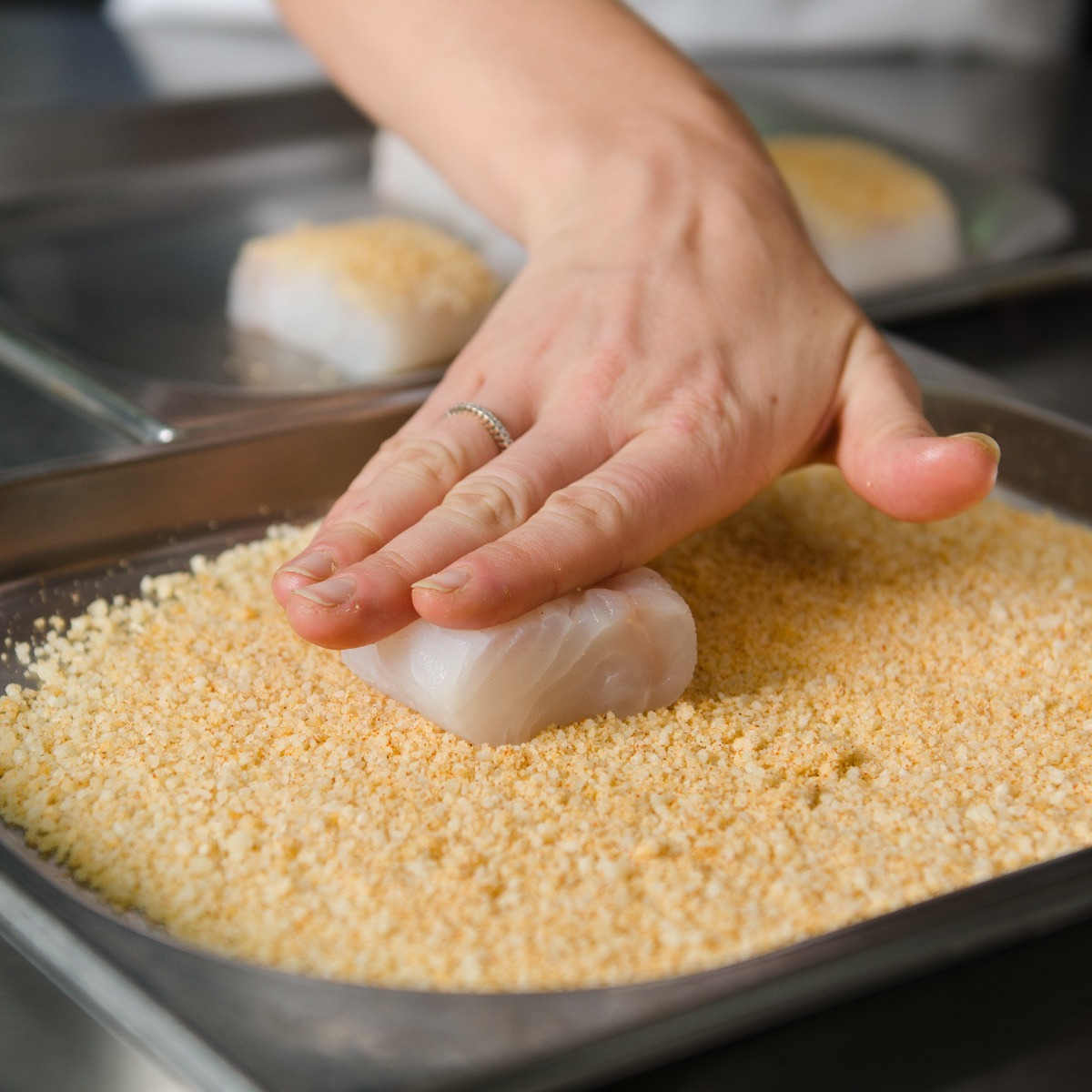
Breadcrumbs are also used in bread pudding, a traditional dessert made by soaking stale bread in a mixture of milk, eggs, sugar, and spices and then baking it. They can also be used as a topping for macaroni and cheese, and in meatloaf and meatballs to bind the ingredients together.
- Coating for fried or baked foods: they are often used as a coating for fried or baked foods such as chicken cutlets, fish fillets, or vegetables.
- Thickening agent in sauces, soups, and stews: Fresh breadcrumbs can be used to thicken sauces, soups, and stews to add texture and flavor.
- Topping for casseroles and gratins: Dried breadcrumbs can be used as a topping for casseroles, gratins, and other baked dishes to add a crispy texture.
- Meatloaf and meatballs: Breadcrumbs are used in meatloaf and meatballs to bind the ingredients together and keep them moist.
- Bread pudding: Breadcrumbs are used in bread pudding, a traditional dessert made by soaking stale bread in a mixture of milk, eggs, sugar, and spices, and then baking it.
- Macaroni and cheese: Breadcrumbs can also be used as a topping for macaroni and cheese to add a crispy texture.
- Gluten-free alternative: Gluten-free breadcrumbs can be used as a gluten-free alternative for those who are gluten intolerant.
- Coating for fried foods: Dried breadcrumbs, also known as panko, are often used as a coating for fried foods such as chicken nuggets, fish sticks, and onion rings, because they create a crisp crust and absorb less oil.
- Flavored breadcrumbs: Breadcrumbs can be flavored with different herbs and spices, such as parsley, Parmesan cheese, garlic powder, onion powder, and paprika. These flavored breadcrumbs are commonly used in Italian and Mediterranean dishes.
- As a breading for tempura: Panko breadcrumbs are a popular ingredient in tempura, which is a Japanese dish that consists of seafood or vegetables that are coated in a light batter and deep-fried.
Store Bought or Homemade?
Breadcrumbs can be store-bought or homemade. Store-bought breadcrumbs can be found in the bread aisle of most supermarkets, and are available in both fresh and dried forms. They can also be found in different flavors.
Homemade breadcrumbs can be made by processing stale bread in a food processor or blender. They can also be made by toasting bread slices and then grinding them in a food processor. They will have a fresher taste and can be made with any type of bread.
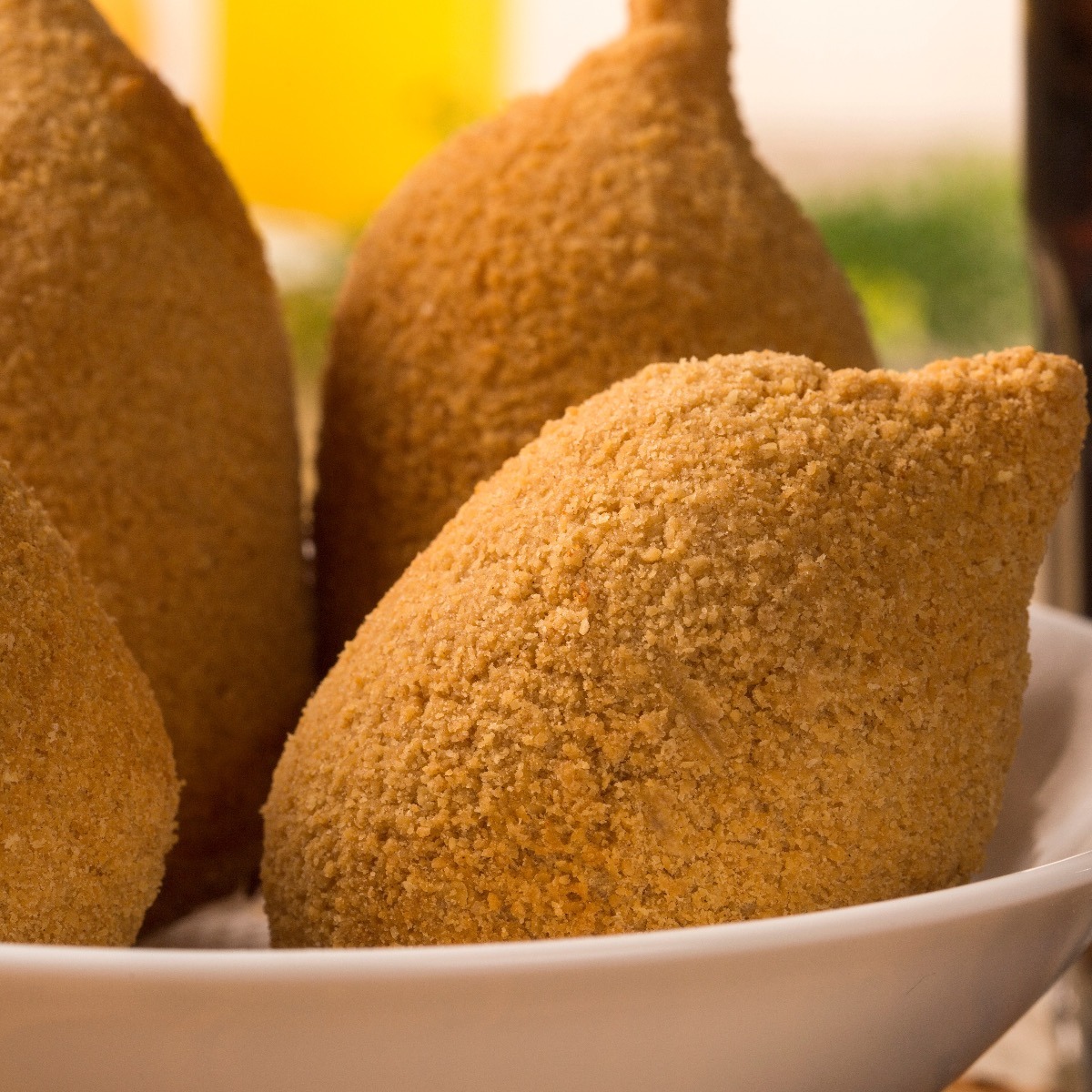
What Is Panko?
Panko breadcrumbs are made from bread that has been baked until it is dry and then ground into fine, flaky crumbs. They are a traditional Japanese ingredient often used in Japanese cuisine for breading and frying foods such as fish, chicken, and vegetables. They are also used in many Asian-inspired dishes.
One of the main differences between panko and traditional breadcrumbs is the texture. Panko’s light, airy texture creates a crisp crust when used as a coating for fried foods. This is because the bread is processed to keep its airy texture, unlike traditional breadcrumbs made by grinding stale bread, which compact the crumbs.
Panko is also typically made with bread that has a milder flavor than traditional breadcrumbs, which allows it to be used in a wide range of dishes without overpowering the other flavors. It is also made with bread free from the crust, giving it a uniform light color.
Where to Find Panko?
Panko can be found in most supermarkets, either in the Asian food or breadcrumb sections. They can also be found in Asian markets and online. Panko breadcrumbs can be used the same way as traditional breadcrumbs, but because of their unique texture, they are often used in dishes with a crispy crust. They are also a popular ingredient in tempura, a Japanese dish consisting of seafood or vegetables coated in a light batter and deep-fried.
Can you reuse breadcrumbs that have already been used?
I was asked by a reader, Debating with friends, whether you could reuse breadcrumbs that egg-battered fish were dipped in if I froze it immediately and cooked with it immediately. Everyone says “no,” but I don’t understand why when you can freeze raw egg, freeze raw meat and no bacteria would have time to grow, freezing it immediately and then cooking immediately! Thanks in advance.
My immediate response would be NO, and why bother when breadcrumbs are inexpensive and easy to make yourself, but not being a professional chef or food scientist, I passed this question on to Chef Mark. You may remember Mark from one of my earliest Novice2Pro interviews.
Here’s what Mark had to say on this matter:
First, freezing does not KILL bacteria, nor does it completely stop their growth. Rather it inhibits it. Frozen food will eventually go bad.
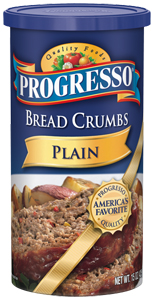 Second, the used breadcrumbs that have come into contact with the raw fish can possibly have bacteria on them, while fresh ones would not.
Second, the used breadcrumbs that have come into contact with the raw fish can possibly have bacteria on them, while fresh ones would not.
Now, with those two things said, how much actual risk would there be if the used breadcrumbs were indeed frozen immediately, used in the near future and cooked to a temperature that would kill bacteria? Probably not much.
But as cheap as breadcrumbs are, why take any unnecessary chances? Moreover, no food on the planet tastes better after being frozen (except frozen foods in their natural state, like ice cream). Fresh breadcrumbs will taste better than fishy, frozen breadcrumbs.

